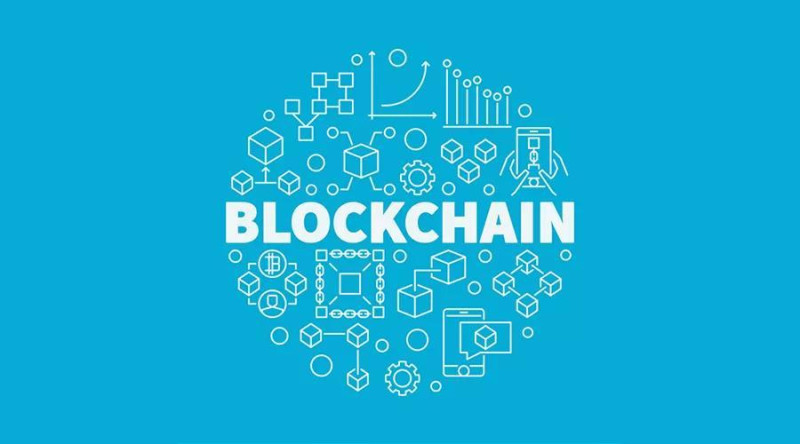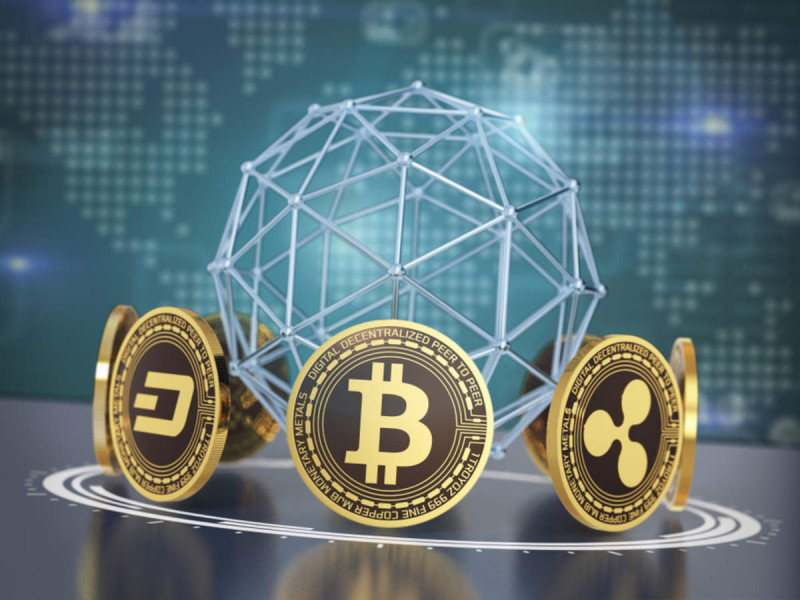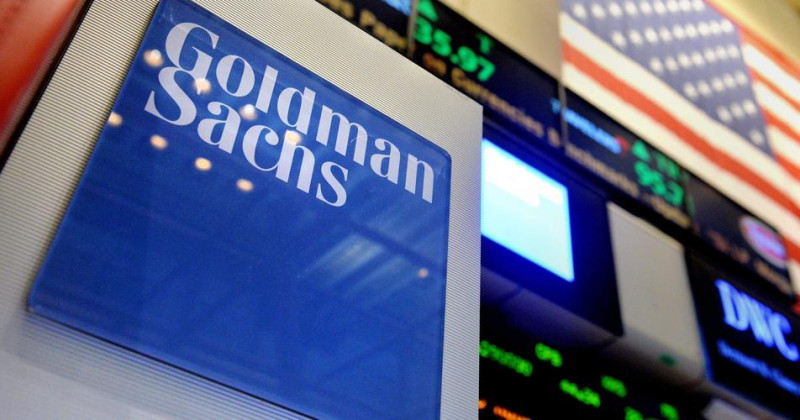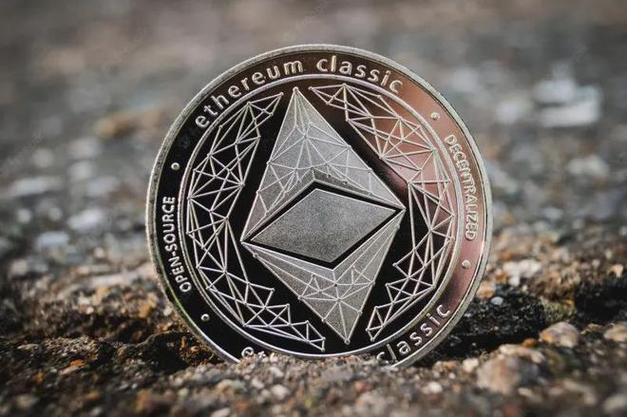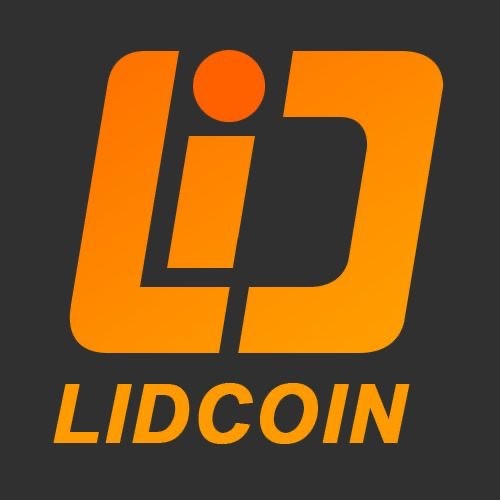Poccoin: The Application of Blockchain Technology in Supply Chain Management
With the rapid development of blockchain technology, its application in supply chain management offers new solutions for achieving transparency, traceability, and security. Through blockchain, information within the supply chain can be recorded, shared, and verified, thereby transforming traditional supply chain management. This article will explore the application of blockchain technology in supply chain management and discuss its potential advantages and challenges.

Traditional supply chain management faces a series of issues such as information asymmetry, data tampering, and difficulties in traceability. The advent of blockchain technology provides solutions to these problems. Blockchain is a decentralized distributed ledger technology that records transaction data in blocks and uses cryptography algorithms for verification and linking, ensuring data immutability and security.
In supply chain management, blockchain technology can be applied in the following areas:
Transparency and Traceability: Blockchain can record and store every transaction and logistical information within the supply chain. Each participant can access real-time, trustworthy information through the blockchain network. This way, every link in the supply chain can be traced and verified, enhancing transparency and traceability. Whether it's raw material procurement, production process monitoring, or product transportation and distribution, all information can be recorded and shared on the block chain.
Asset Management and Provenance: Blockchain can help achieve precise asset management and provenance within the supply chain. By recording asset information on the blockchain, its authenticity and ownership can be ensured. For high-value goods like luxury items and pharmaceuticals, block chain can provide provenance features, allowing consumers to trace the origin, production process, and transportation route of the product, ensuring its authenticity and quality.
Contracts and Payments: Blockchain can automate contract execution and payments within the supply chain. Through smart contract technology, participants can establish contracts on the block chain and set conditions and triggering events. When conditions are met, the contract automatically executes actions such as payments and shipments, reducing human errors and delays, and improving supply chain efficiency.
Fraud Prevention and Counterfeit Products: Block chain can help prevent fraud and counterfeit products within the supply chain. By recording product information on the block chain, consumers and participants can verify the authenticity and quality of the product. For industries vulnerable to counterfeit products, like food safety and luxury goods, block chain can provide reliable verification and provenance features, helping consumers make more informed purchasing decisions.
While blockchain technology has broad application prospects in supply chain management, it also faces some challenges. Firstly, scalability and performance issues still exist and require further research and improvement. Additionally, data standardization and information sharing within the supply chain remain challenges that require collective efforts and collaboration among all participants.
In summary, blockchain technology has vast application potential in supply chain management. It can provide transparency, traceability, and security, solving existing problems in traditional supply chain management. Through block chain, information within the supply chain can be recorded, shared, and verified, achieving asset management, provenance, contract execution, and payments. However, block chain technology still faces challenges in supply chain management, such as scalability, performance, and data standardization. As technology continues to evolve and applications advance, blockchain is expected to bring revolutionary changes to supply chain management, enhancing its efficiency and reliability, and driving the supply chain towards digitization and intelligence.
Disclaimer: The copyright of this article belongs to the original author. Reposting this article is solely for the purpose of information dissemination and does not constitute any investment advice. If there is any infringement, please contact us immediately. We will make corrections or deletions as necessary. Thank you.

